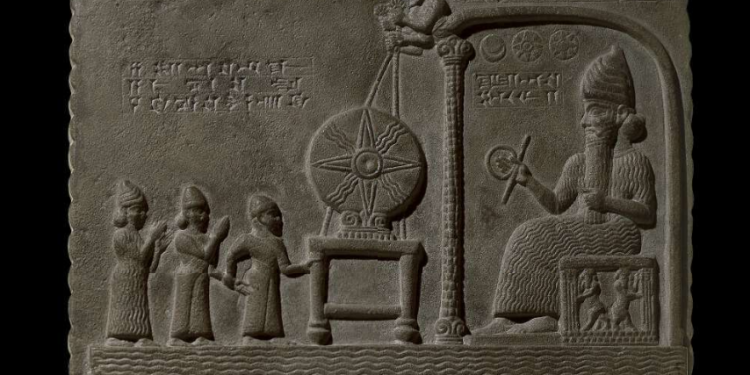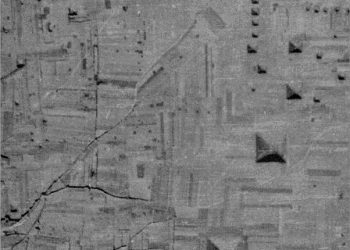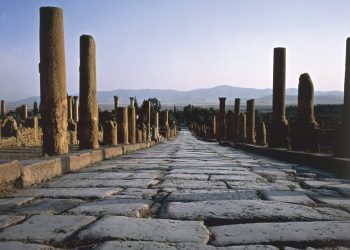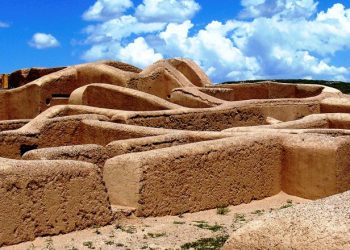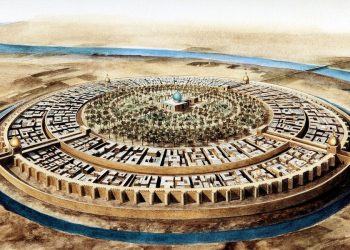Shamash is the ancient Mesopotamian God of the Sun, justice, morality, and truth, known for his kindness and generosity. He is the twin brother of the goddess of heaven, Inana or Ishtar, as she is called in the Assyrian-Babylonian epic. In it, Shamash is also found under another name – Utu. But in both cases, the essence of the gods is absolutely identical. According to Sumerian legends, the pair of twins were extremely close. Sometimes this intimacy even bordered on incest. In ancient times, Shamash was believed to ride in the skies of his solar chariot and see from above everything that happened on Earth. At night, he traveled through the Underworld, riding east and preparing for the new sunrise. Shamash or Utu was revered as the executor of divine justice, and people believed that he helped and protected the needy. Also, in addition to the living, he is one of the judges of the dead, whose sentences were handed down at night. The first sources in which the Sumerian god of the sun is mentioned are from the deepest antiquity – 3500 BC. Here is everything you need to know about the mystery of the tablet of Shamash.
The Tablet of Shamash
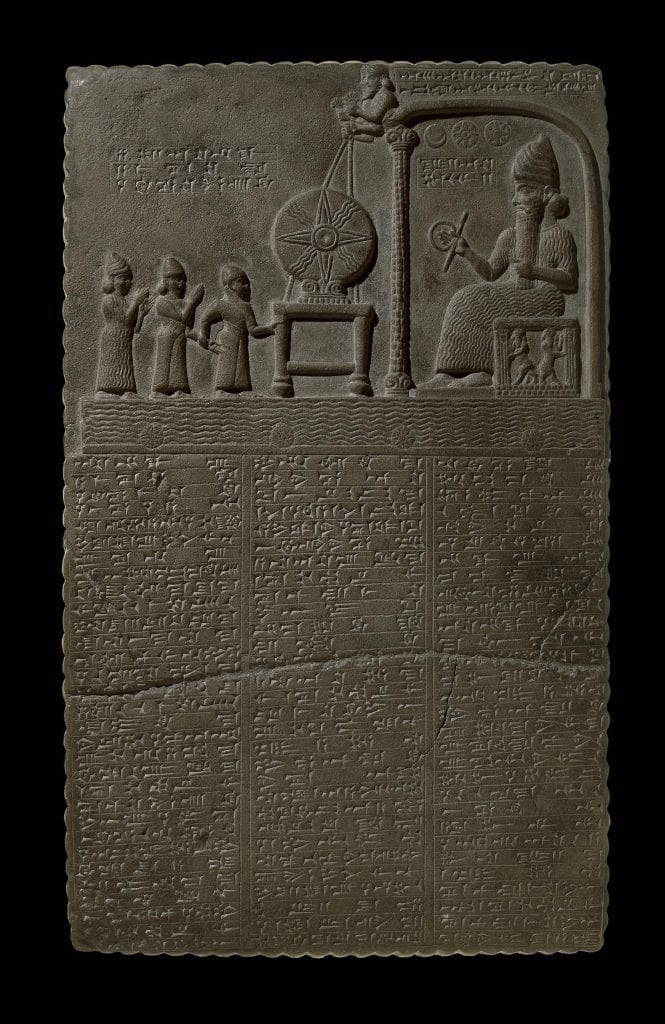
Now, let’s put mythology aside and return to reality. Let’s transport our minds to today’s Tel Abu Habba, Iraq. In ancient times, known as Sippar or Zimbir – a Middle Eastern Sumerian, later Babylonian city on the east bank of the Euphrates River, whose ruins can still be found there. The city is located in the Iraqi desert, less than 30 km from Baghdad. In 1881, while excavating the ancient remains of Babylonia, archaeologists discovered tens of thousands of stone tablets with ancient writings and images dating back to the 6th century BC. Among them, the archaeologist Hormuzd Rassam came across a more memorable and exciting artifact – the tablet of Shamash. According to experts, it was made during the reign of King Nabu-apla-iddina around the 9th century BC.
Why do some people think it suggests the existence of advanced ancient technologies?
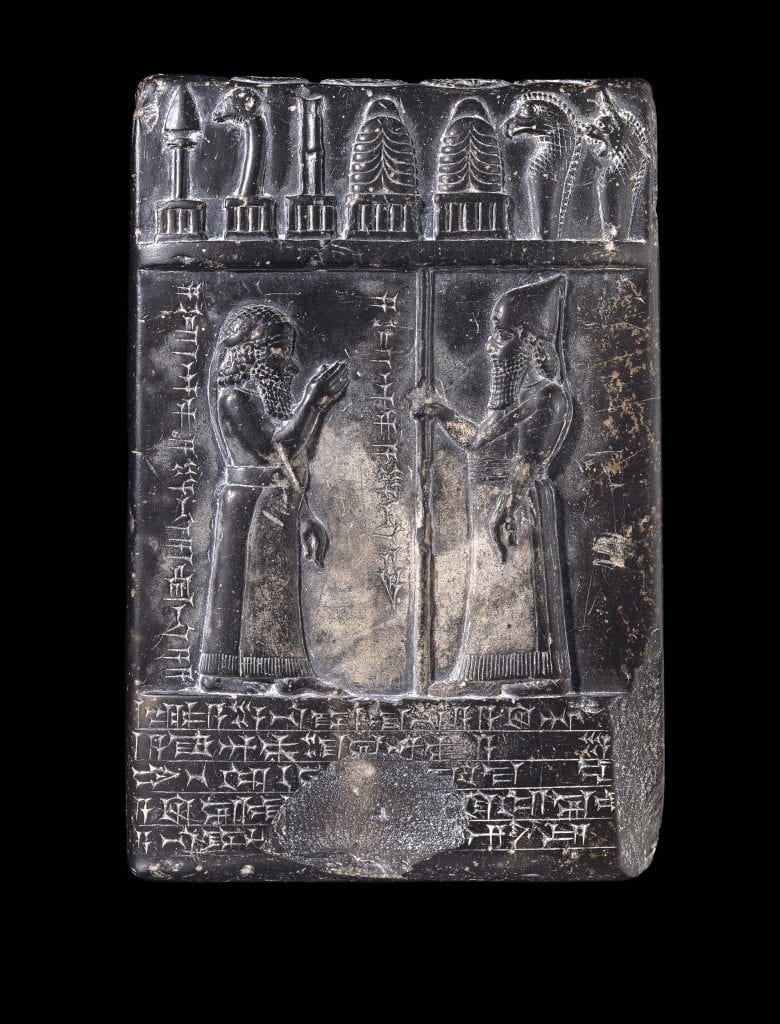
The ancient bas-relief depicts Shamash sitting on his throne. On the other side are three other figures – a priest and the goddess Aa, who lead King Nabu-apla-iddina to the sanctuary. Between them is an altar, and above it, a solar disk, which is a symbol of higher energy. What immediately impresses me is that the figure of the Sun God is much larger than that of man. He is depicted as a giant. The fence, inside which is Shamash, according to esotericists, and some scientists, shows a connection between the god and the cosmos because inside it are also depicted the moon, sun, and star (Venus). At the top of the plate are celestial beings (accompanying deities or angels) holding the sun’s disk, tied with two ropes. This picture (as well as the text below it) makes esotericists and curious seekers of truth believe that in ancient times, there was an advanced technology by which the Babylonians could connect with their gods, and in particular with the Sun God – Shamash.
An interesting element of the tablet of Shamash is the column rising in front of the god, which separates him from the other three figures. It has the same base on which the solar disk rests at both the top and bottom. According to esoteric interpretations, this column unequivocally shows energy transfer from higher to lower levels. What is depicted on the tablet of Shamash looks as if the ancient Babylonians could connect with the celestial forces and their gods at the touch of a special button. If we assume that this was the case – now we can only guess and imagine exactly how this advanced technology worked so many thousands of years ago.
Join the discussion and participate in awesome giveaways in our mobile Telegram group. Join Curiosmos on Telegram Today. t.me/Curiosmos



